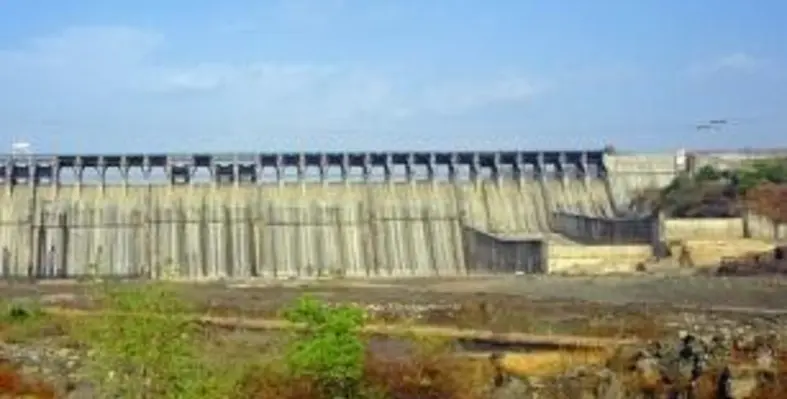The Lauca dam in Angola has started producing electricity for the country’s national electricity grid ahead of time, thus adding to the Angolan government’s objective to diversify economy and meet increasing energy demand of a growing population
The facility was scheduled for commissioning at the end of 2017, aiming to assist Angola in reaching its short and long-term energy goals. The first of six turbines of the dam worth US$4.5bn is expected to inject more than 330MW into the country’s public grid.
The overall capacity of the Lauca hydroelectric plant, one of the largest public works in Angola, is about 2,070MW.
The new facility aims to support Angolan government’s infrastructural plan to achieve a targeted 9.9GW of power capacity and a 60 per cent electrification rate by 2025.
According to Prensa Latina news agency, Angola’s Ministry of Energy and Water projects anticipated that the country’s power generation mix will consist of 64 per cent hydropower by the end of 2018.
The Lauca hydroelectric plant is owned by Angola's national electricity company Empresa Nacional de Electricidade. In 2015, Brazilian-based civil engineering and electromechanical assembly contractor Obebrecht awarded Austrian plant engineering group Andritz a contract to provide six 340MW Francis turbines, generators and other equipment for the plant.
To commission the goal, Angola further develops the hydro potential in the 700MW Cambambe 2 hydroelectric projects located on the Kwanza River. According to HydroWorld, the project has been financed by the World Bank with US$512mn of fund. The second phase of the Cambambe project consists of 180MW expansion of the existing plant and the construction of four new turbines.
The Cambambe 2 and Lauca projects, once completed, are expected to increase Angola’s electricity export to neighbouring countries such as Namibia and South Africa.






